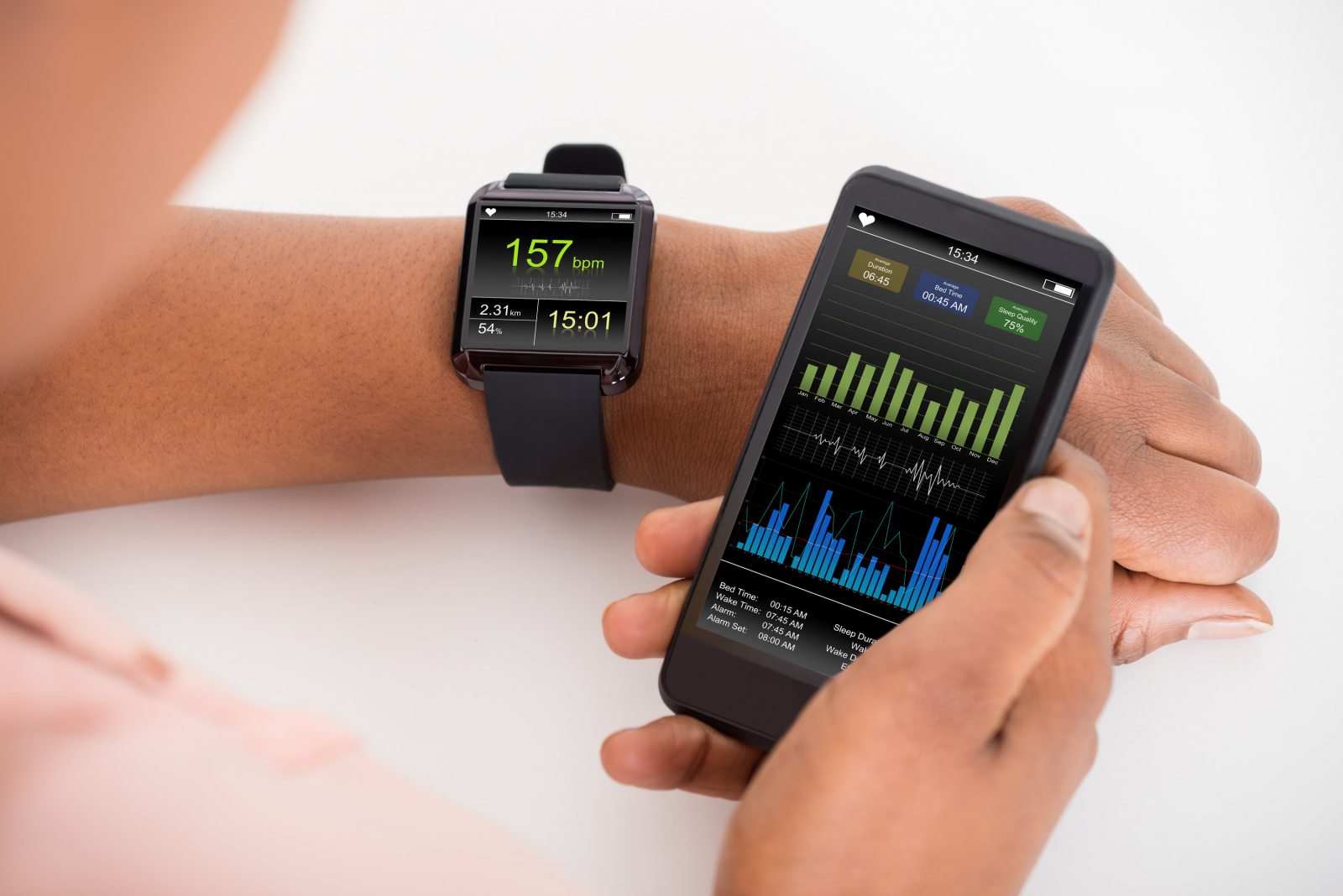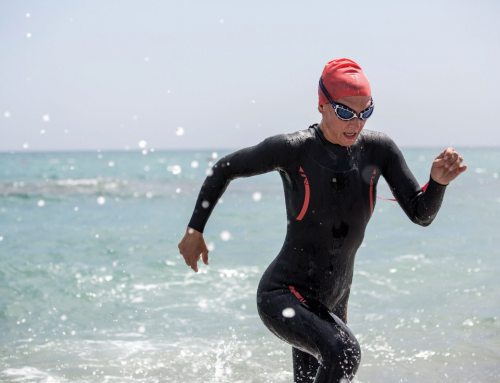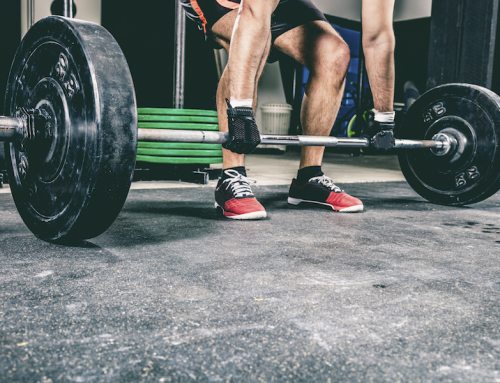By Smruti Shah
Have you ever admired the form and technique of the elite endurance athlete as they close in on the finish line? Famed coach/runner Arthur Lydiard would tell you these athletes train, don’t strain. Clinically, most of the endurance athlete injuries I see are rooted in improper training, form, or both. Training for a distance event is similar to taking medication, too much of it will often result in degeneration or injury and too little will not allow your body to make necessary adaptations for the event.
How do you get the right dose of training? Learn your training paces and stick to them. This can ensure your body is making the right training adaptations to improve performance and reduce injury risk. There are three paces that generally make up a training program: long/recovery, tempo, and speed.
Arguably the most important pace is the long/recovery pace. These are the low intensity workouts that allow the body to adapt by increasing oxygen delivery to muscles, which results in an improved ability run longer more efficiently. This pace helps you break the wall. Endurance research has found a positive association between 75-80% of total training time at low intensity and performance gains. Muscles become more efficient at burning fat at this intensity, but this process can take weeks to months to occur. Many athletes find it difficult to train this slowly and perform their long workouts too fast. I see increased injury rates with athletes running or cycling too fast. This risk is further increased as long workout typically occurs at the end of the week on an already fatigued body. Pacing just a little too fast can result in tissue overload and injury. Adaptations will only occur if the workouts are truly low intensity. Erring on the slower side will get you the best performance.
Tempo pace is the moderate of the three paces and teaches the body how to stay at race pace for longer. Lactate threshold is the point at which your body no longer removes lactic acid. Ever experience calf cramping during a race? You may have found your lactate threshold too early. Tempo pace aims to lengthen the time to get the lactate threshold. These workouts typically account for about 10% of your mileage as the desired adaptations occur relatively quickly.
Speed work is the highest intensity workout and is often performed in intervals. This increases your body’s ability to remove lactic acid and improve oxygen delivery to the muscles. This makes you faster. Like tempo pace, 10% of your volume should occur at this pace. A couple of studies of distance runners and cyclists have implied that because adaptations to high intensity training occur quite rapidly; fairly low volumes of it will make you faster. Increasing the percentage of high intensity running won’t necessarily make you faster but can increase your risk of injury.
How do we find these paces? Without a lab to calculate ventilary thresholds with associated heart rates, you can use heart rate or previous race results to best guide you. Try a search for ‘pace calculator’ or ‘training heart rate calculator’ and you will find plenty of results. I recommend trying multiple sites. My preferred method of pacing is based on heart rate.
To establish a heart rate range for long and recovery workouts, I follow Phillip Maffatone’s 180 formula:
- Subtract your age from 180.
- Modify this number by selecting among the following categories the one that best matches your fitness and health profile:
- If you have or are recovering from a major illness (heart disease, any operation or hospital stay, etc.) or are on any regular medication, subtract an additional 10.
- If you are injured, have regressed in training or competition, get more than two colds or bouts of flu per year, have allergies or asthma, or if you have been inconsistent or are just getting back into training, subtract an additional 5.
- If you have been training consistently (at least four times weekly) for up to two years without any of problems, keep the number (180–age) the same.
- If you have been training for more than two years without any problems and have made progress in competition without injury,
add 5. - Maffatone suggests subtracting ten to get the lower limit.
Using this formula for a 40-year-old seasoned marathoner, returning to training after two months of reduced running, undergoing physical therapy for Achilles pain would result in a range of 125-135. (180-40) – 5 = 135, subtract 10, 125. This athlete will have to perform all long and recovery workouts at 125-135 beats per minute. Try it out for yourself on your next long run or ride.
Fall race training is upon us. Focus on hitting your paces to finish strong. Here’s to a new PR! See you out there!
Smruti Shah, DPT is a physical therapist at ATI in Carrboro. She loves working with the endurance athlete community, marathon running, and hanging out with her husband, two daughters, and fluffy dog.






